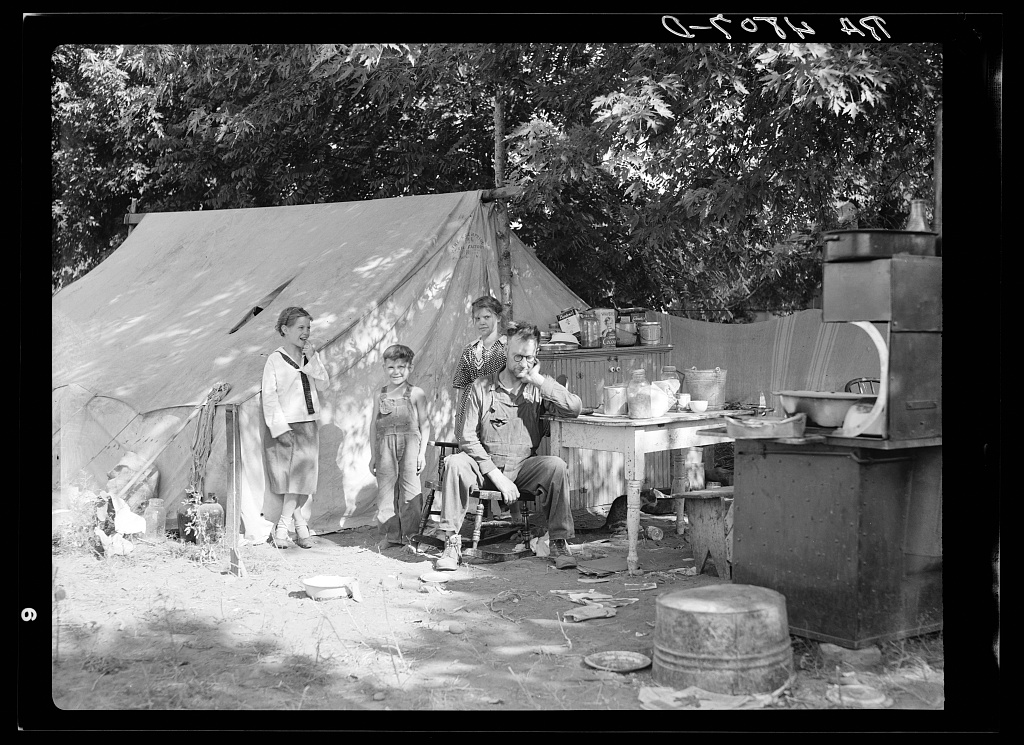It’s pretty hard to come up with good things to say about the Great Depression. But here’s one: If it hadn’t been for the Great Depression, we wouldn’t have upwards of 175,000 priceless photographs showing what life in America was like during the Great Depression and World War II. Some of these, commissioned by the Farm Security Administration and later by the Office of War Information, are iconic. Dorothea Lange’s “Migrant Mother.” Walker Evans’ “Sharecropping Family.” Countless iterations of the men-standing-in-a-breadline shot. But for every one that made it onto a postage stamp, there are thousands that have likely never been seen by anyone other than the photographer and a handful of researchers and archivists.
No more. Almost all these historic photos, including more than 1,000 taken in Washington, are now online, and they put a human face on an era that most of those people living today know only from history books or their grandparents’ recollections. Photogrammar.com, a joint effort of Yale University and the Library of Congress, offers easy access to all these photos in a variety of digital formats, broken down county by county throughout the U.S.
Many of the nearly 200 shots from King County are of women and men at Boeing assembling warplanes, but those taken in the rest of the state are mostly earlier records of farm and small-town life, like this 1936 picture (below) of migratory “fruit tramps” outside of Yakima.

This is what the web is made for. The database of photos is searchable by county, by state, by photographer, and by the year between 1935 and 1945. It’s a treasure, but like a lot of good things, this one comes with a warning: If you go in here, you might not come out for hours.
___________________________________________
